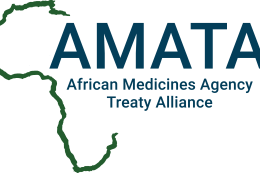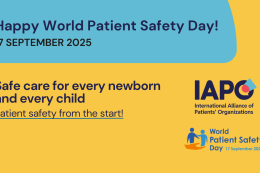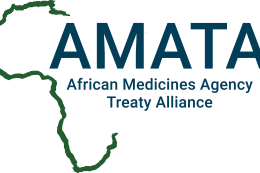Rare Diseases and Birth Defects Registry in developing countries

Contributed by Thong Meow-Keong, Malaysian Rare Disorders Society (IAPO member)
Rare diseases particularly birth defects are a major causes of disability in developing countries (1,2). There is lack of data on birth defects from large population-based studies in the Asia-Pacific region (3). The aetiology for birth defects is heterogenous and there are a number of preventative strategies that can be used to reduce these birth defects (4).
The systematic collection and research on birth defects using a birth defect register (BDR) is an integral part of a clinical genetic service in any major healthcare delivery system (5,6) . Therefore, reliable data on the mortality and morbidity due to birth defects rely on the on-going surveillance on the types, birth prevalence, severity and outcome of children with birth defects (7).
Sources of information to the BDR include health professionals, private hospitals, autopsy services, diagnostic services and medical records departments from all hospitals. The notification of birth defects may be done voluntarily or mandated under legislation. The methods of ascertainment used are important as an active system of case notification will yield a higher number of cases than passive notification. Ethical approval is mandatory to review patient case files from all hospitals and healthcare facilities to ensure that patient privacy is protected and confidentiality of information assured.
A BDR is essential in the following ways:
- it establishes local prevalence rates for birth defects in the population as well as determine accurate baseline incidence and detection of trends of birth defects. This will be essential to the planning of health care facilities, allocation of appropriate health resources required for the implementation of various preventative programmes to reduce the occurrence of birth defects, training of medical and paramedical staff the skills to recognise major birth defects within the framework of public health (8) and facilitating access to genetic counselling services (9). Genetic counselling is not easily available in most health services and a BDR may serve as a nucleus to train providers of genetic counselling, population screening, prenatal diagnosis and public education (10). A BDR also function to
- to monitor the occurrence of defects over time and by geographical area to allow earlier detection of the emergence of any new teratogen and further investigations of suspected teratogens
- it can be used to perform epidemiological studies to identify the causation of birth defect and clinical research (11,12).
References
- Mathers CD, Loncar D Projections of global mortality and burden of disease from 2002 to 2030. PLoS Med (2006) 3(11): e442.
- Kurinczuk, JJ, Hollowell J, Boyd PA, Oakley L, Brocklehurst P, Gray R Inequalities in infant mortality project briefing paper 4. The contribution of congenital anomalies to infant mortality. (2010) Oxford: National Perinatal Epidemiology Unit. www.npeu.ox.ac.uk/infant-mortality
- Penchaszadeh VB. Delivery of Genetic Services in Developing Countries. Genetics and Public Health in the 21st Century: Using Genetic Information to Improve Health and Prevent Disease. (2000) Khoury MJ, Burke W, Thompson EJ. (eds) Oxford University Press, New York.
- International Clearinghouse for Birth Defects Surveillance and Research (ICBDSR) Annual Report 2007 with data for 2005 (2007) The International Centre on Birth Defects, Roma, Italy.
- Thong MK, Ho JJ, Noor Khatijah N. A population-based study of birth defects in Malaysia. Annals of Human Biology (2005) 32 (2): 180-187.
- Suresh S, Thangavel G, Sujatha J, Indrani S Methodological issues in setting up a surveillance system for birth defects in India. Natl Med J India. (2005) 18(5):259-62
- Report of a Joint WHO-March of Dimes Meeting. Management of Birth Defects and Haemoglobin Disorders (2006) WHO, Geneva, Switzerland ISBN: 92 4 159492 6.
- Lee JML; Thong MK. Genetic Counseling Services and Development of Training Programs in Malaysia. Journal of Genetic Counselling (2013) DOI: 10.1007/s10897-013-9589-z
- Zayts O, Sarangi S, Thong MK, Chung BHY, Lo IFM, Kan ASY et al Genetic counseling/consultations in South-east Asia: A report from the workshop at the 10th Asia Pacific Conference on Human Genetics. Journal of Genetic Counseling (2013) DOI: 10.1007/s10897-013-9646-7
- Shi LM, Chia SE, Chan OY, Chew SK, Foong BH. Prevalence of birth defects and parental work in Singapore live births from 1994 to 1998: a population-based study. (2002) Occup Med (Lond) 52(6):325-31.
- Li S, Moore CA, Li Z, Berry RJ, Gindler J, Hong SX, et al A population-based birth defects surveillance system in the People's Republic of China. Paediatr Perinat Epidemiol. (2003) 17(3):287-93.
- Thong MK. Birth defects registries in the genomics era: challenges and opportunities for developing countries. Front Pediatr. 2014;2:60. doi: 10.3389/fped.2014.00060



